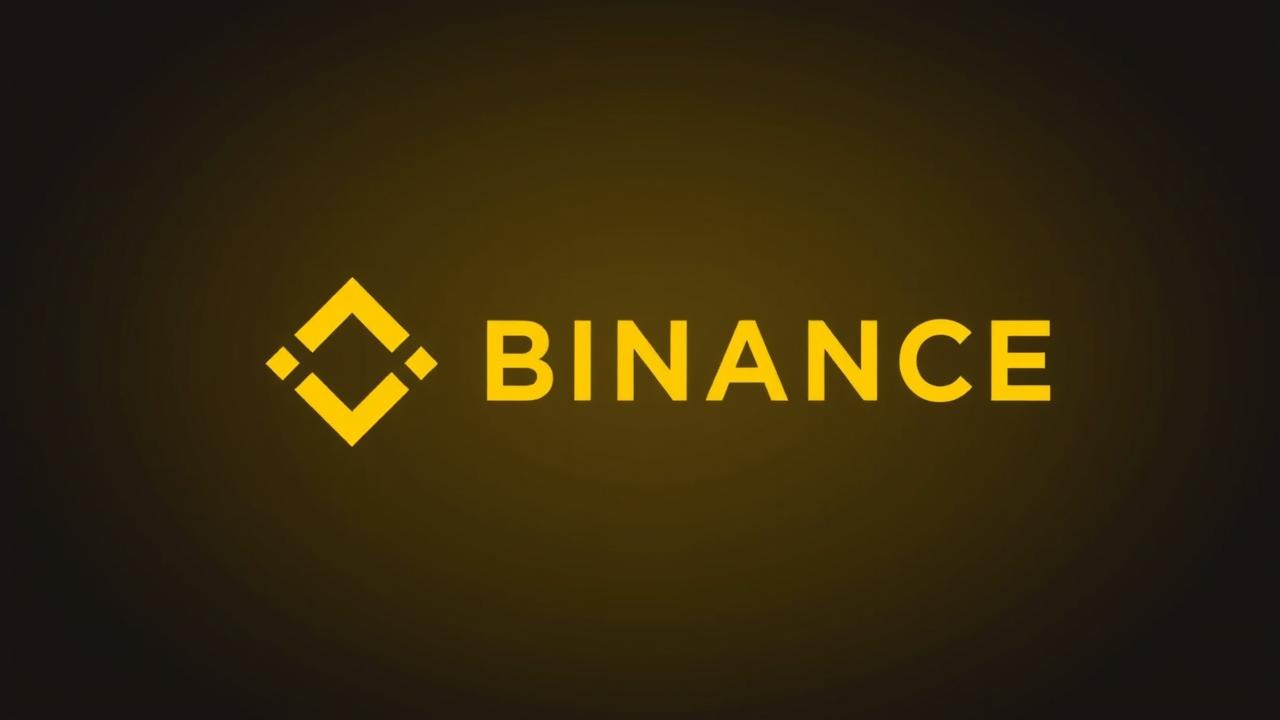What if the crypto project you invest in never delivers on its promises? Many investors dive into new projects without checking their roadmaps, only to realize later that key milestones were missed or never existed.
A weak or unrealistic roadmap can lead to wasted time and money, while a strong one signals growth and reliability. So, how do you separate real opportunities from empty promises?
By carefully analyzing a crypto project's roadmap, you can spot potential red flags, assess long-term viability, and make informed investment decisions. Let’s break down the process step by step.
What Is a Crypto Project Roadmap?
A crypto project roadmap is a timeline that outlines a project's development plans and future milestones.
It helps investors understand the project’s direction and assess whether it has a structured plan.
Common Elements of a Roadmap
- Milestones – Key achievements the team aims to complete.
- Timelines – Estimated deadlines for different development phases.
- Objectives – The project’s long-term vision and short-term targets.
- Technical Upgrades – Software improvements, blockchain updates, or token launches.
- Community and Adoption Plans – Strategies to grow user engagement and adoption.
A strong roadmap builds trust by providing a clear, realistic plan for the project’s future.
Key Factors to Analyze in a Crypto Project's Roadmap
1. Clarity and Realistic Goals
A roadmap should be easy to understand. It should clearly define the project’s vision and how it plans to achieve its goals.
How to Evaluate:
- Are the objectives specific and achievable?
- Does the roadmap provide step-by-step development plans?
- Are deadlines practical, or do they seem rushed?
🚩 Red Flag: A vague roadmap with no detailed breakdown of goals.
2. Timeline and Feasibility
The timeline should be reasonable and reflect realistic expectations. Many projects set overly ambitious deadlines and fail to meet them.
What to Check:
- Are milestones spread out logically?
- Has the team met previous deadlines?
- Are the development phases aligned with industry standards?
Example: A project promising to build a full blockchain in six months may not be realistic compared to established networks that took years.
3. Development Phases and Technical Progress
A well-structured roadmap includes technical development updates.
How to Verify:
- Check the project’s GitHub activity for regular updates.
- Look for detailed progress reports on their website or whitepaper.
- Ensure key technical upgrades align with the stated goals.
🚩 Red Flag: No public GitHub repository or lack of technical transparency.
4. Team Credibility and Past Achievements
A project’s success heavily depends on its team.
What to Research:
- Are the team members publicly listed with verifiable experience?
- Have they worked on successful projects before?
- Do they actively engage with the community?
🚩 Red Flag: Anonymous team members or lack of previous blockchain experience.
5. Community Engagement and Partnerships
A strong community shows that people trust and support the project.
How to Check:
- Look at engagement levels on Telegram, Discord, and X (Twitter).
- Check if the project has real partnerships with established companies.
- Monitor announcements for major collaborations or exchange listings.
🚩 Red Flag: Fake social media followers and inactive community channels.
6. Regulatory Compliance and Legal Standing
Regulatory issues can shut down a project overnight.
What to Look For:
- Is the project legally registered in a crypto-friendly country?
- Does it comply with international financial regulations?
- Are there any past legal disputes involving the project?
🚩 Red Flag: No legal documentation or vague regulatory compliance claims.
Red Flags to Watch Out for in a Roadmap
- Overambitious Promises – Unrealistic goals with no clear execution plan.
- Missed Deadlines – Frequent delays without proper explanations.
- No Real Product – A roadmap that focuses only on marketing and token sales.
- Fake Partnerships – Claiming collaborations with big names without evidence.
Tools and Resources to Evaluate a Crypto Roadmap
- GitHub – Check coding activity and software updates.
- CoinGecko & CoinMarketCap – View project history and market performance.
- Crypto News Outlets – Follow updates from reputable sources.
- Blockchain Explorers – Track on-chain transactions and token distribution.
- Social Media & Forums – Monitor community discussions and expert reviews.
Conclusion
Analyzing a crypto project’s roadmap helps investors make informed decisions.
By focusing on clear goals, realistic timelines, and a strong development team, you can identify projects with real potential.
At the same time, staying alert to red flags will help you avoid risky investments. Always do thorough research before committing to any project.
Continue Reading with Premium Access!
We hope you enjoyed the preview of CryptoDayX Editorial article. To read the rest of this article, please purchase it for $0
Already have a subscription?Log in here.
Thank you for supporting quality content by CryptoDayX Editorial!



 Why the Importance of Community Engagement in Crypto Projects Matters
Why the Importance of Community Engagement in Crypto Projects Matters


